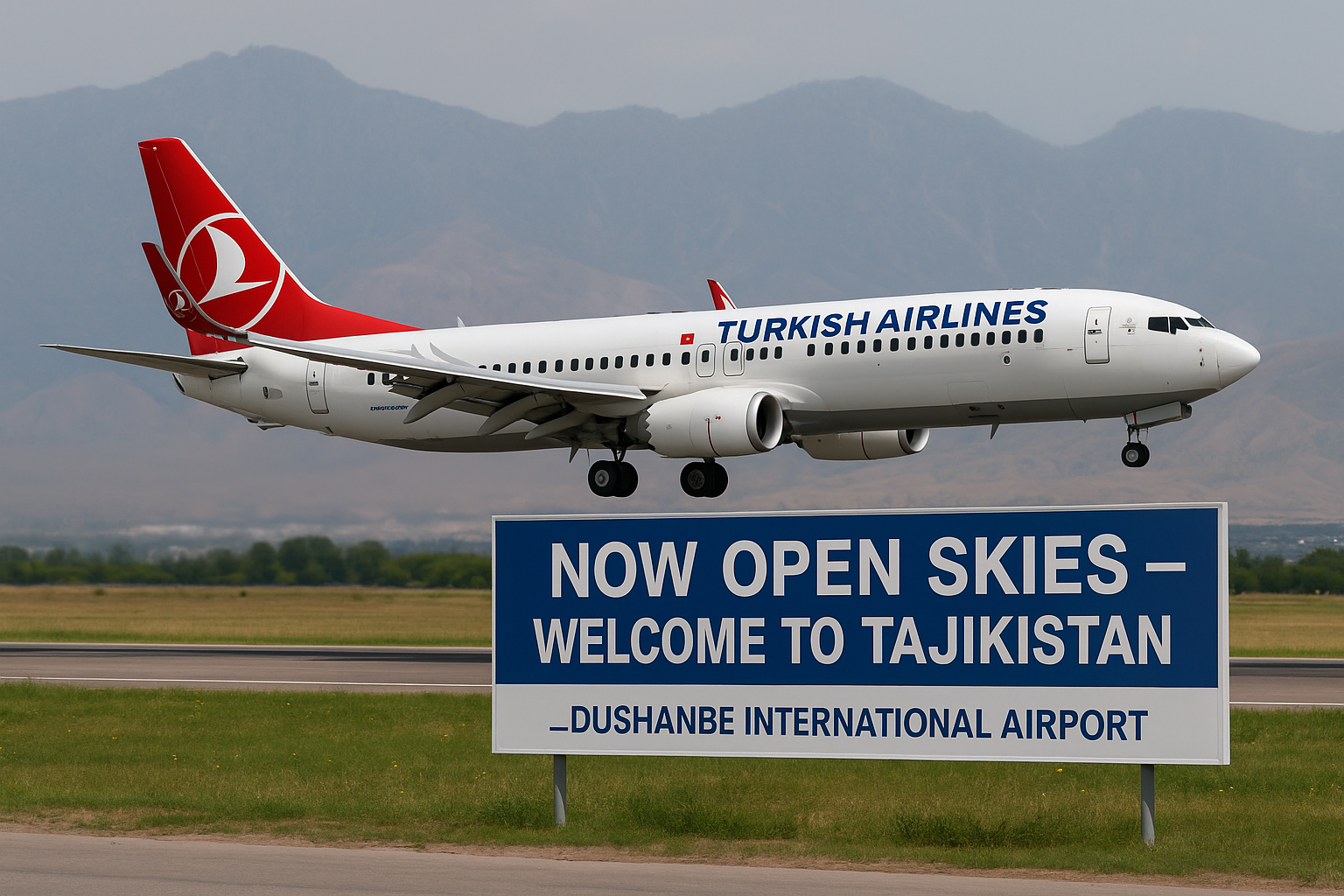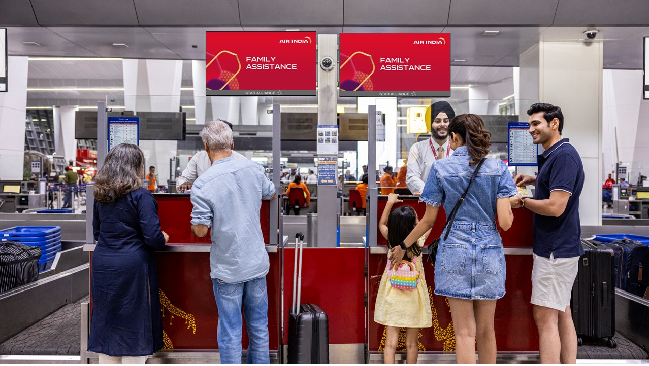In a landmark move redefining global air travel, China Eastern Airlines has unveiled a historic direct route connecting Shanghai, Auckland, and Buenos Aires, creating the first-ever direct air link between China and South America. This strategic new flight not only bridges three continents, but also represents a game-changing advancement in intercontinental connectivity, diplomacy, and tourism.
Launching in December 2025, the new service will operate twice weekly aboard a single aircraft. With a technical stop in Auckland—where passengers remain onboard—the route provides seamless travel across hemispheres, effectively linking East Asia and Latin America with a single itinerary.
A Flight Path That Rewrites Global Aviation Maps
China Eastern’s bold move repositions global travel corridors by bypassing traditional stopover hubs like Los Angeles and Sydney. Instead, Auckland Airport becomes the mid-hemisphere pivot, offering a strategic southern transit point that shortens travel times and enhances passenger experience.
Analysts expect the flight to become the longest two-leg commercial route globally, surpassing previous long-haul standards. More than a record-breaker, it is a model of strategic aviation planning—one that reduces layovers, simplifies connections, and caters to a growing segment of long-distance travelers between Asia and South America.
This direct link not only offers convenience and efficiency, but also showcases what’s possible when airlines and governments coordinate across borders.
Chinese Travelers Eye South America’s Rising Appeal
Argentina, particularly Buenos Aires, has emerged as a bucket-list destination for Chinese tourists in recent years. With its European-style architecture, renowned culinary scene, and vibrant tango culture, the Argentine capital is now a preferred alternative to conventional destinations.
In 2019, over 80,000 Chinese travelers visited Argentina. Tourism analysts anticipate that figure could exceed 100,000 annually following the route launch. This spike is expected to be driven by greater ease of access, streamlined travel procedures, and rising interest in long-haul, exotic leisure destinations among China’s expanding middle class.
The direct flight opens the door for a broader Asia-based market, including outbound travelers from Japan, South Korea, and Southeast Asia, who will now find easier access to South America through Shanghai.
New Zealand Eases Transit with NZeTA Waiver for Chinese Nationals
Coinciding with the route announcement, the New Zealand government will implement a major transit policy shift. Beginning in November 2025, Chinese nationals transiting through New Zealand will no longer require a transit visa. Instead, they will only need a New Zealand Electronic Travel Authority (NZeTA)—a simplified digital authorization process.
This development significantly boosts Auckland’s standing as a global transit hub, attracting not just Chinese tourists, but also cargo and business traffic traveling between Asia and Latin America. New Zealand anticipates increased airport throughput, tourism spillover, and deeper economic ties with China and Argentina.
Benefits Beyond Tourism: Trade, Diaspora, and Strategic Influence
While tourism is a key driver, the Shanghai–Auckland–Buenos Aires route is also poised to impact trade and diplomatic relations. The new link allows for faster shipment of high-value goods, including electronics, agricultural products, pharmaceuticals, and perishables, between Asia and South America.
The route also serves the estimated 40,000-strong South American diaspora in New Zealand, many of whom maintain close family and commercial ties with Argentina. For them, the flight offers a long-overdue direct connection between Oceania and Latin America.
Moreover, this expansion reflects China’s growing diplomatic presence in South America, which includes infrastructure investments, bilateral agreements, and regional trade initiatives. Strengthening aviation links adds a vital component to China’s larger global strategy under initiatives like the Belt and Road.
Shanghai as Asia’s Gateway to the Americas
As one of China’s busiest and most internationalized airports, Shanghai Pudong International Airport (PVG) is an ideal departure point for this pioneering route. The flight further enhances Shanghai’s status as a regional air travel hub, linking Chinese and broader Asian travelers to previously underserved South American destinations.
China Eastern’s hub strategy aligns with the growing trend of using Shanghai as a launchpad for intercontinental travel, especially for travelers from Thailand, Vietnam, Malaysia, and Indonesia, who can now access Buenos Aires via a single connection.
Opening the Skies to a New Global Model
The route’s launch also marks a new paradigm for long-haul flights—one that prioritizes passenger continuity, regulatory flexibility, and cross-border policy coordination. For leisure travelers, the fewer stops mean less stress and fatigue. For business travelers, it means more productive time and reduced downtime.
Cargo operators will benefit as well, with faster freight movement across global supply chains. Given the growing importance of perishable goods and time-sensitive shipments, such direct routes create tangible economic advantages.
Conclusion: A Bold Step for Global Aviation
The launch of the Shanghai–Auckland–Buenos Aires flight by China Eastern Airlines heralds a transformative moment in global aviation, linking three continents with a single aircraft and a coordinated international effort.
Backed by New Zealand’s transit visa reforms, growing travel demand between Asia and South America, and China’s strategic push for global air corridors, this route sets a precedent for future intercontinental innovation.
As travelers, governments, and airlines embrace this bold new direction, the Asia-Pacific and Latin America regions are now more connected than ever—in economy, in culture, and in the skies.
For more travel news like this, keep reading Global Travel Wire

















